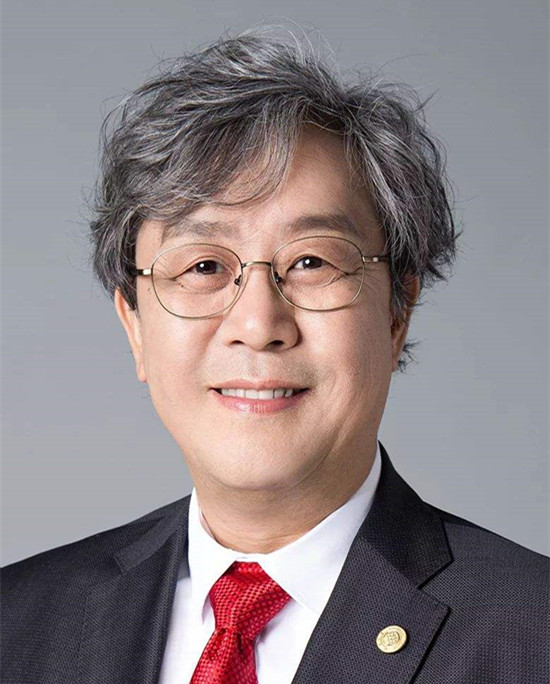
Prof. Wu Zhiqiang
A leading figure in Urban-Rural Planning, and Engineering Practice
Academician, Chinese Academy of Engineering
Vice President of Shanghai TongjiUniversity
Chief Planner of the2010 Shanghai World EXPO Park
Chief Planner of Beijing Municipal Adinistrative Centre
First Co-Chair, International SteeringCommittee of World Planning School Congress
Advisory Committee Member of ICCSD
The fourth salon for Creativity 2030 was co-organized by ICCSD and WUPENicity. The guest speaker Wu Zhiqiang, academician of Chinese Academy of Engineering, vice president of Tongji University and chief planner of Beijing Municipal Adinistrative Centre, delivered a lecture on the subject of AI 2.0: City-Being and Sustainable Development.
In the course of development for both China and the globe, 2020 is a very special year. We are facing a myriad of difficulties due to the coronavirus pandemic. When such unprecedented challenges come, we hope to use AI technology to help overcome these difficulties. What kind of contribution can we make in the global AI research and development process after the pandemic? And what breakthroughs can it achieve?
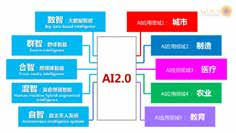
AI 2.0 Urban Intelligent Diagnosis and Technology Waves The Chinese Academy of Engineering has dubbed the next generation of Artificial Intelligence “AI 2.0”. However, as AI 2.0 is booming, we have encountered the Covid-19 pandemic, which brings the most severe challenge. Currently, it is difficult for global experts to discuss how to shape our cities and how to develop AI face to face. But this is also a valuable opportunity offered to us to consider the application of AI under such a circumstance. Through AI technology,our thoughts can flow as usual, our experience can still be exchanged and our creativity can still converge. This is a gam between AI and the pandemic.
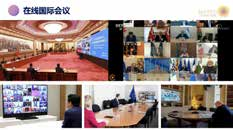
Traditionally, globalization mainly refers to the flow of people and goods. Instead of the view many people hold that the globalization is suspended in 2020, we are on the threshold of a total new globalization of ideas and innovation when looking back at the history of globalization in the future.
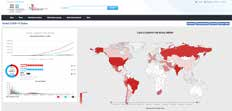
With the advent of such globalization, AI has a bright prospect because it makes the interaction between people and machines or between people and knowledge possible, which can avoids direct contact between people, and to a certain extent helps prevent the spread of the virus. Meanwhile, the model enables us to reduce the cost of innovation, communicate more quickly,and spread ideas more conveniently.
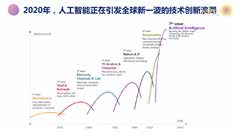
The Covid-19 pandemic comes like a bully. To deal with it, many websites have reported the latest news on the virus all over the world and continued to record the accurate data about the virus in cities and even in communities, which is proved pivotal in the battle. Since this January, WUPENicity hasgathered the pandemic data in variou cities and communities around the world, updated and released on a daily basis. The application of AI, big data, and mobile Internet technology has achieved large-scale AI identification and making everyone updated with realtime pandemic situation. Such kind ofprecision is impossible in the past.
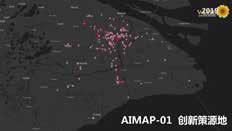
By monitoring the Yangtze River Delta, accurately tracing each community in Beijing, and assessing the correlation between the pandemic and rail transportation, industry, business and catering, we have drawn a number of valid conclusions. The Covid-19 pandemic has greatly helped the advance of the era of big data represented by AI.
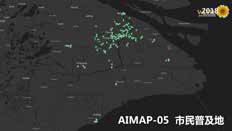
Modern cities have always been integrating with new technologies. Modern technologies have given human beings more capabilities, while bringing more challenges. In this process, the city has cultivated batch after batch of top scientists, and the overall quality of its citizens has been raised to anunprecedented level. The development of modern cities reveals when urban cities face greater challenges, they also offer more opportunities for technology.
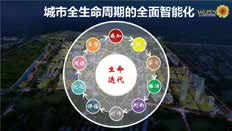
From this map, the distribution of innovations in AI 2.0 canbe seen in the entire space. The presentation of these ideas is very intriguing and direct—the height of the bar stands for the degree of innovation and the most innovative is the highest. Be it single or multicorridor, the industrial situation is clarified by the visible clusters. This is an epitome of AI development in China. Weak as the basic research is, a certain scale of application and production has been made available in some way. The AI industry cluster map in Shanghai can also straightly show the rapid growth of the AI industry.
Each citizen in modern cities is very aware of the convenience brought by technology. And we must overcome its shortcomings when we embrace technology.On the issue of AI quality, WUPENicity also laid out a basic numerical distribution map of citizens’ attitudes towards AI, from which we cansee the overall situation of citizens’ AI quality. People should clearly understand that the arrival of AI technology does not require fear or superstition, but should face it rationally and make it a tool and channel to make urban life better.
Five AI 2.0 breakthroughs in sustainable cities
In order to fulfill the expectation for future cities, we need to complete 5 AI 2.0 breakthroughs in sustainable cities:The Source of InnovationBasic ResearchIndustrial ClusterApplication DemonstrationTalents’ Cultivation
Globalization is entering a new phase rather than coming to an end. The material exchange will be transformed into the exchange of ideas and education sources. The pandemic has brought worldwide experts together via the Internet to discuss disease prevention in different cities, such as which kind of measures aremore effective, what are the keys of pandemic control and prevention, and so on. A large number of international conferences have been held online every day. The Covid-19 pandemic has accelerated the globalization by 5 to 10 years and has rapidly advanced the world. The impact of the virus on AI in terms of ideas, development and concept at home and abroad is significant.
When the United States, Britain, Germany and France proposed AI planning, China has outlined a program in which AI will be used to promote the intelligentization of the entire life circle of urban planning, construction, management, and operation, and to accuratelylay out breakthroughs in ten aspects of AI in the future. At present, what Shanghai is going all out to achieve is autonomous intelligence (intrapersonal intelligence) which is also the forefront of research on the direction of AI city in China.
Today, the whole chain of anti-pandemic applications in smart cities has reached the front line for trials Facig the seventh technological revolution—AI technology revolution, we hope to achieve a breakthrough in sources demonstration as soon as possible, and implement application demonsration. At the same time, it is necessary to establish an industrial cluster and rationally allocate all aspects of elements so that everyone can benefit in this field. Besides, we are committed to building talents’ highlands to comprehensively improve citizens’ AI quality. Ultimately, we expect to give a good demonstration of better cities in the future.